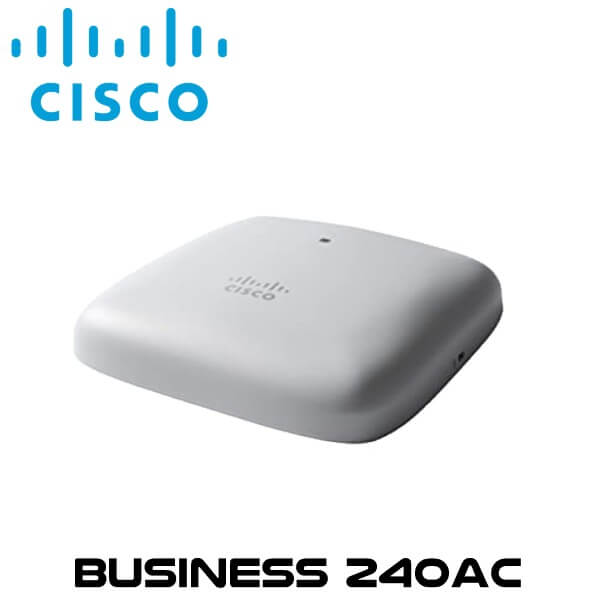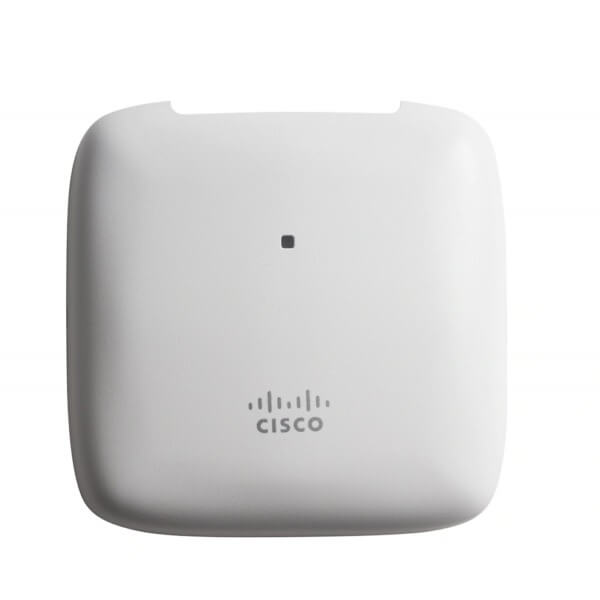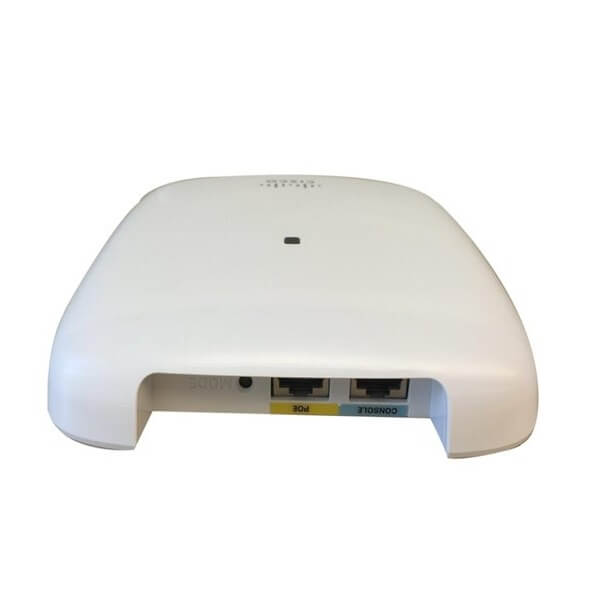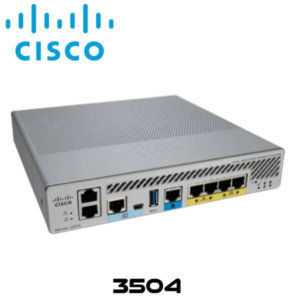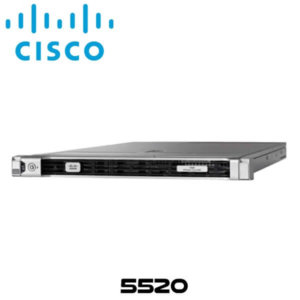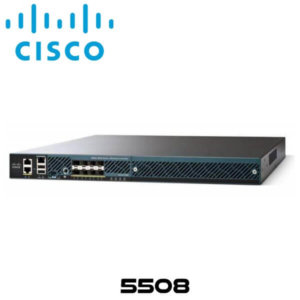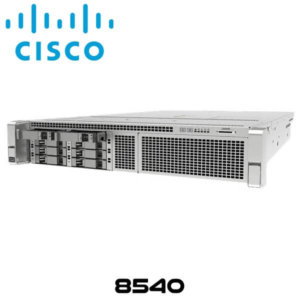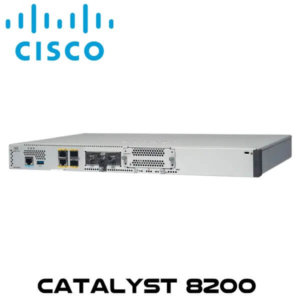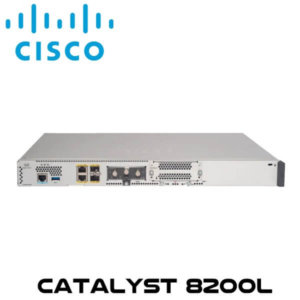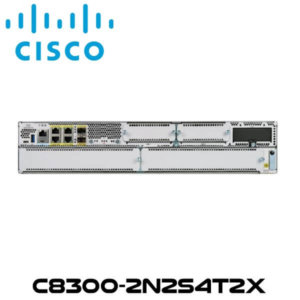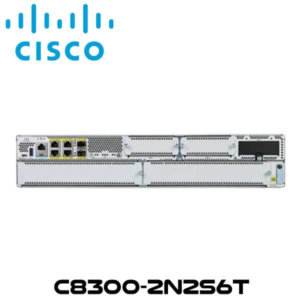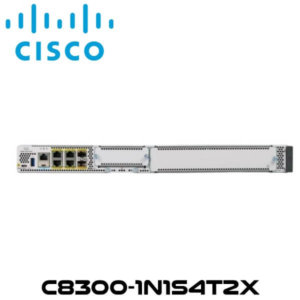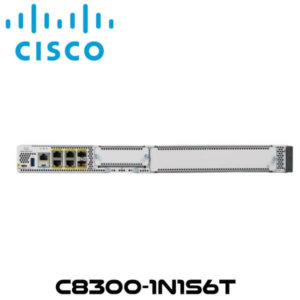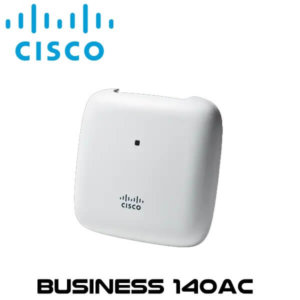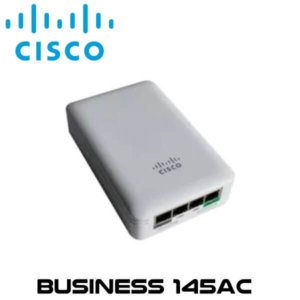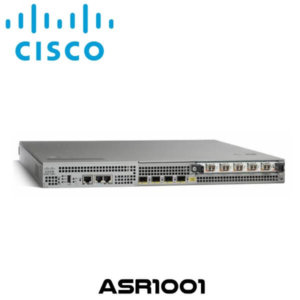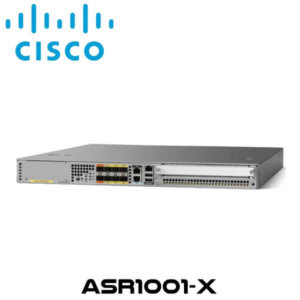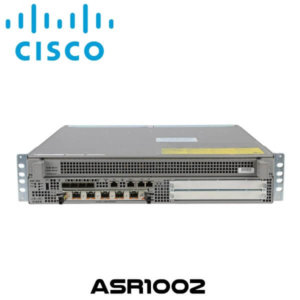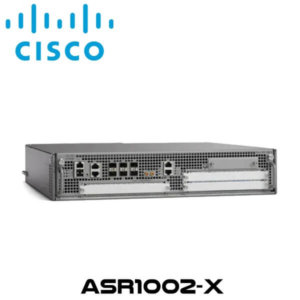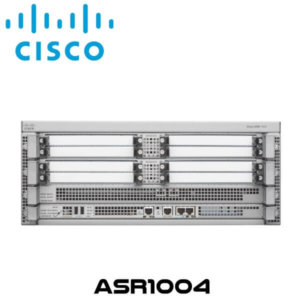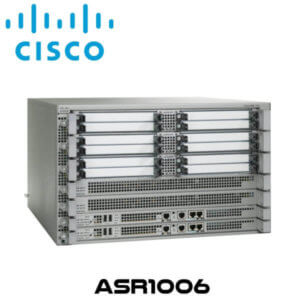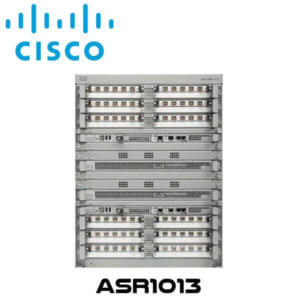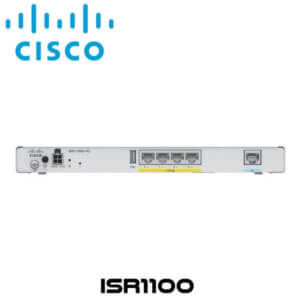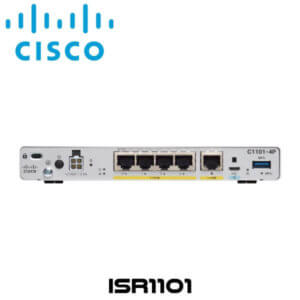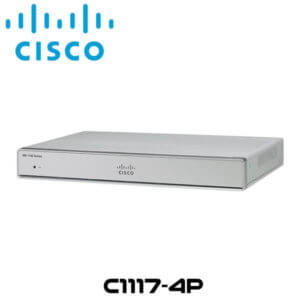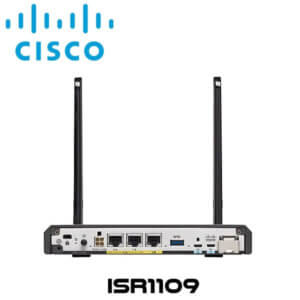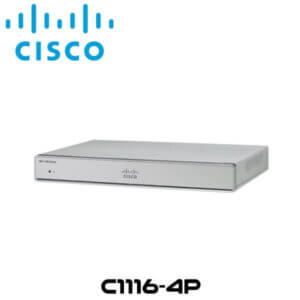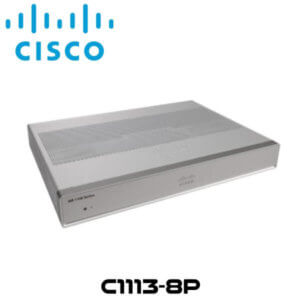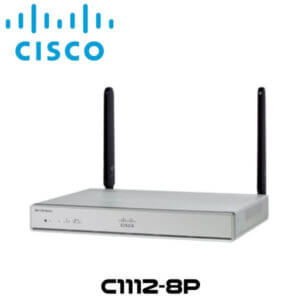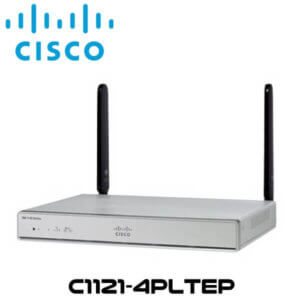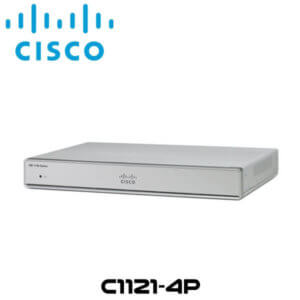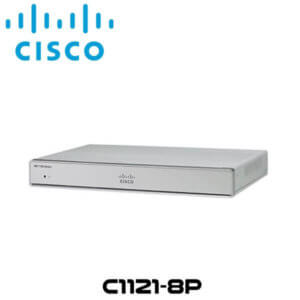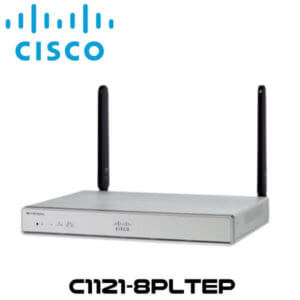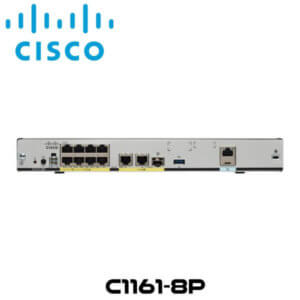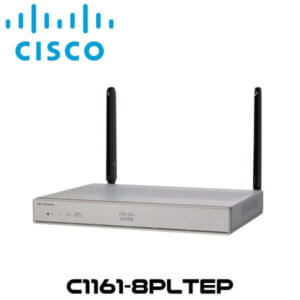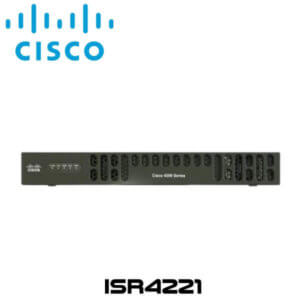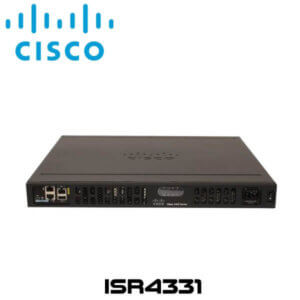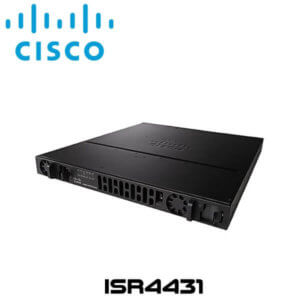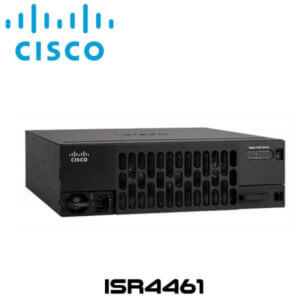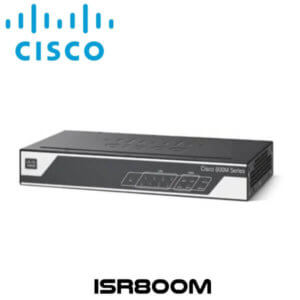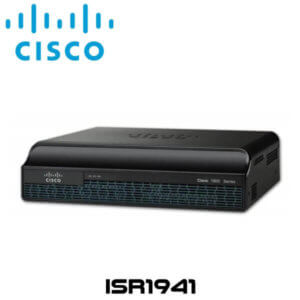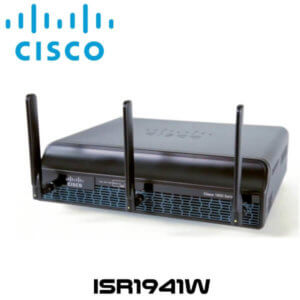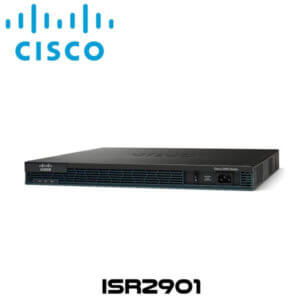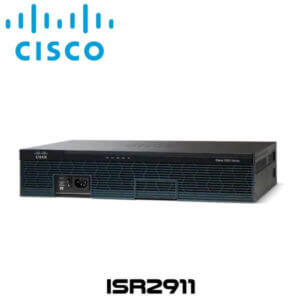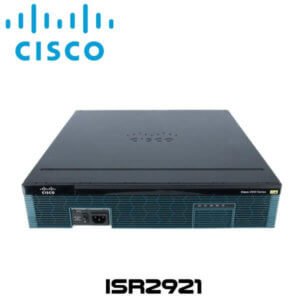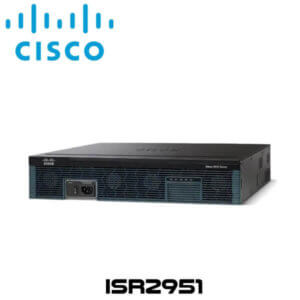Description
Cisco Business240AC Access Point Kenya
The Cisco Business240AC Kenya Access Point delivers an ideal blend of predictable performance in a compact form. The Access Point extends support to a new generation of Wi-Fi clients, such as smartphones, tablets, and high-performance laptops that have integrated 802.11ac Wave 1 or Wave 2 support. Incorporating 802.11ac Wave 2 features, this Cisco WiFi Kenya is ideal for small-to-midsize enterprise deployments. Ideal for small and medium-sized networks, the Cisco Business240AC Kenya Access Point delivers industry-leading performance for enterprise-class 4×4 Multi-user Multiple-Input Multiple-Output (MU-MIMO), four spatial stream access points that support the Institute of Electrical and Electronic Engineers (IEEE) 802.11ac Wave 2 standard.
The Cisco Business240AC Kenya Access Point is managed by the Cisco Business Mobile app, an intuitive client application that simplifies traditional challenges associated with wireless network deployment, right from your mobile device. You can extend your network by adding new mesh extenders and automating wireless network activation in minutes. Network usage, traffic patterns, and network throughput can be closely monitored, providing a real-time snapshot; this not only provides peace of mind, it virtually ensures optimal user experience. This Cisco WiFi Kenya provides a robust management capability dynamically changes network configuration such as enabling guest access.
Features
802.11ac Wave 1 and 2 capabilities with MU‑MIMO technology
The featuring IEEE 802.11ac standard the Cisco Business240AC Kenya delivers improved experience in typical environments, and more predictable performance for advanced applications such as 4K or 8K video, high-density high-definition collaboration apps, all-wireless offices, and Internet of Things (IoT). Supporting four spatial streams, MU-MIMO enables access points to split spatial streams between client devices, to maximize throughput.
Simplified management
Deploy and configure multiple Cisco Business Wireless access points and mesh extenders easily without a physical controller, using Cisco Business Mobile application. Optional multisite remote management is available through Cisco FindIT Network Management.
Mesh technology support
With Mesh support capability Cisco Business240AC Kenya allows you to mix and match Cisco Business mesh extenders or access points to increase WiFi coverage throughout your business.
Flexible deployment
Flexible deployment models supporting multiple concurrent use cases required by small businesses, including point of sale systems, surveillance cameras, guest access, and more.
Cisco Business Mobile app
The Cisco Business240AC Kenya Access Point is managed by the Cisco Business Mobile app, an intuitive client application that simplifies traditional challenges associated with wireless network deployment, right from your mobile device. You can extend your network by adding new mesh extenders and automating wireless network activation in minutes. This Cisco WiFi Kenya provides a robust management capability dynamically changes network configuration such as enabling guest access. Network usage, traffic patterns, and network throughput can be closely monitored, providing a real-time snapshot; this not only provides peace of mind, it virtually ensures optimal user experience. The Cisco Business Mobile app is available for iPhone, iPad, and Android devices.
Specifications
| Authentication and security |
|
|
| Maximum clients | Maximum number of associated wireless clients : 200 per Wi-Fi radio, in total 400 clients per access point, or 1000 in a system | |
| Maximum # of access points | 50
Recommended up to 25 |
|
| Ma Max # of mesh extenders | Maximum number of associated Cisco Business mesh extenders : 25 per access point, up to 8 hops | |
| 802.11ac |
|
|
| Integrated antenna |
|
|
| Ethernet ports |
|
|
| Interfaces |
|
|
| Indicators | Status LED indicates boot loader status, association status, operating status, boot loader warnings, boot loader errors | |
| Dimensions (W x L x H) | Access point (without mounting brackets) : 7 x 7 x 1.5 in | |
| Weight | 0.94 lb (0.43 kg) | |
| Powering options |
|
|
| Power draw | 13.2W | |
| Environmental |
|
|
| Note : When ambient operating temperature exceeds 40°C, then the radio transmit duty cycle may be limited to not greater than 50%. | ||
| System memory | 1GB MB DRAM, 256 MB flash | |
| Warranty |
|
|
| Available transmit power settings3 | 2.4 GHz
Up to 20 dBm |
5 GHz
Up to 23 dBm |
| Frequency band and 20-MHz operating channels | A (A regulatory domain) :
B (B regulatory domain) :
C (C regulatory domain) :
D (D regulatory domain) :
E (E regulatory domain) :
F (F regulatory domain) :
G (G regulatory domain) :
H (H regulatory domain) :
|
I (I regulatory domain) :
K (K regulatory domain) :
N (N regulatory domain) :
Q (Q regulatory domain) :
R (R regulatory domain) :
S (S regulatory domain) :
T (T regulatory domain) :
Z (Z regulatory domain) :
|
| Maximum number of nonoverlapping channels | 2.4 GHz
|
5 GHz
|
| Compliance standards | Safety :
EMC/EMI : Emissions :
Immunity :
Emissions and Immunity :
Radio :
Energy efficiency :
Security :
|
|
| Data rates supported | 802.11b : 1, 2, 5.5, and 11 Mbps | |
| 802.11a/g : 6, 9, 12, 18, 24, 36, 48, and 54 Mbps | ||
| 802.11n data rates on 2.4 GHz and 5GHz : 6.5 to 600Mbps (only 20 MHz and MCS 0 to MCS 15) | ||
| 802.11ac data rates (5 GHz) : 6.5 to 1733Mbps (MCS0-MCS9) | ||


